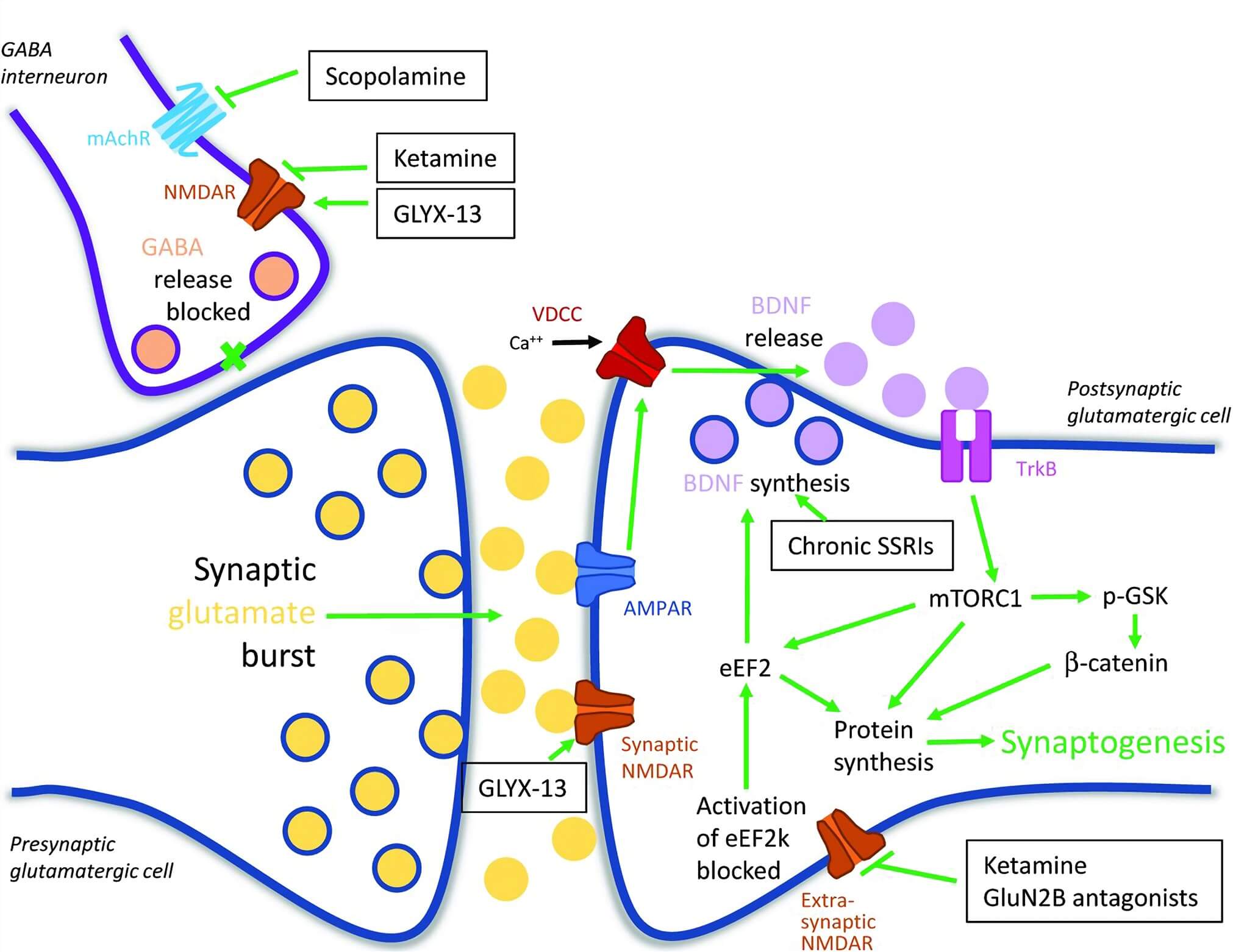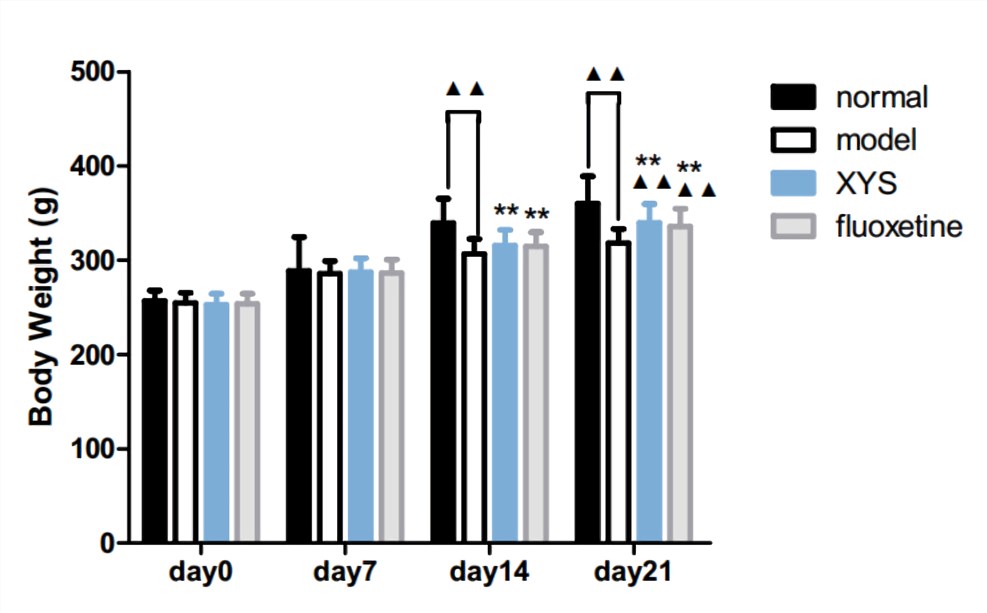Rodent Depression Models
Creative Biolabs is a preclinical drug development CRO providing a wide range of animal efficacy models to support your drug discovery, proof of principle and screening studies. Our neurological disorder platform has developed some of the most widely used animal models of depression (e.g., chronic mild stress) and behavioral tests (e.g., tail suspension test) to assess the efficacy of your anti-depression therapy candidates.
Introduction of Depression
Depression or major depressive disorder is a heritable neuropsychiatric syndrome characterized by relatively subtle cellular and molecular alterations distributed across a circuit of neural substrates. It is a chronic, recurring and potentially life-threatening illness that affects up to 20% of the population across the globe. Despite its prevalence and considerable impact on human, little is known about its pathogenesis and there are relatively few options available for treatment. The use of depression animal models offers an opportunity to understand the molecular, genetic and epigenetic that may lead to depression. Moreover, they are indispensable tools for identifying novel therapies for depression.
 Fig.1 Signaling pathways involved in the response to rapid-acting antidepressants. (Guo et al. 2017)1, 2
Fig.1 Signaling pathways involved in the response to rapid-acting antidepressants. (Guo et al. 2017)1, 2
Modeling depression in rodents is a major challenge considering the complex nature of the diseases and the vast differences between manifestations of mood in rodents and humans. Today's popular depression models creatively merge ethologically valid behavioral assays with the latest technological advances in molecular biology and automated video-tracking. While symptoms such as guilt, suicidality, and sad mood are likely to be purely human features, other aspects of the depressive syndrome such as helplessness, anhedonia, behavioral despair, alterations in sleep and appetite patterns can be replicated in laboratory animals.
Chronic Unpredictable Mild Stress Paradigm
Chronic unpredictable mild stress (CUMS) is a paradigm developed in animals to model the relatively minor and unanticipated irritants that lead to a state of anhedonia (an inability to experience pleasure) in some individuals. This procedure involves relatively continuous exposure of rats or mice to a variety of mild stressors, such as periods of food and water deprivation, small temperature reductions, changes of cage mates, social defeat, overnight illumination and other similar individually innocuous but unpredictable manipulations. After several weeks of chronic exposure to mild stress, many symptoms of depression can be observed such as reduction in sucrose preference and a decrease in locomotor activity. The currently available CUMS model is probably the most valid and the most widely used animal model of depression due to its good predictive validity, face validity, and construct validity.
 Fig.2 Effects of Xiaoyaosan (XYS) on body weight of CUMS rats. (Guo et al. 2017)1, 2
Fig.2 Effects of Xiaoyaosan (XYS) on body weight of CUMS rats. (Guo et al. 2017)1, 2
After cessation of stress, a number of behavioral tests can be conducted to assess motor activity, cognition, anxiety- and depression-like behavior. Moreover, blood is collected for the measurement of biochemical parameter analysis such as the serum corticosterone level. Briefly, we are capable of providing various assessments to evaluate potential anti-depressant drug candidates:
- Body weight
- Open field test
- Elevated plus maze
- Tail suspension test
- Morris water maze
- Sucrose preference test
- Serum corticosterone level
- Immunohistochemistry
Of note, the neurological platform of Creative Biolabs provides an extensive range of rodent neurological disease models. If you are interested, click the following links for more detailed description of each model:
Creative Biolabs is a leading contract research provider of in vivo pharmacology services with high-quality and competitive prices and we provide customized protocols and study designs to meet every specific requirement of our clients. If you are interested in learning more about our depression models and assays, please contact us to start the conversation.
References
- Guo, X.; et al. Effects of refined Xiaoyaosan on depressive-like behaviors in rats with chronic unpredictable mild stress through neurosteroids, their synthesis and metabolic enzymes[J]. Molecules. 2017, 22(8):1386.
- under Open Access license CC BY 4.0, without modification.
For Research Use Only.
